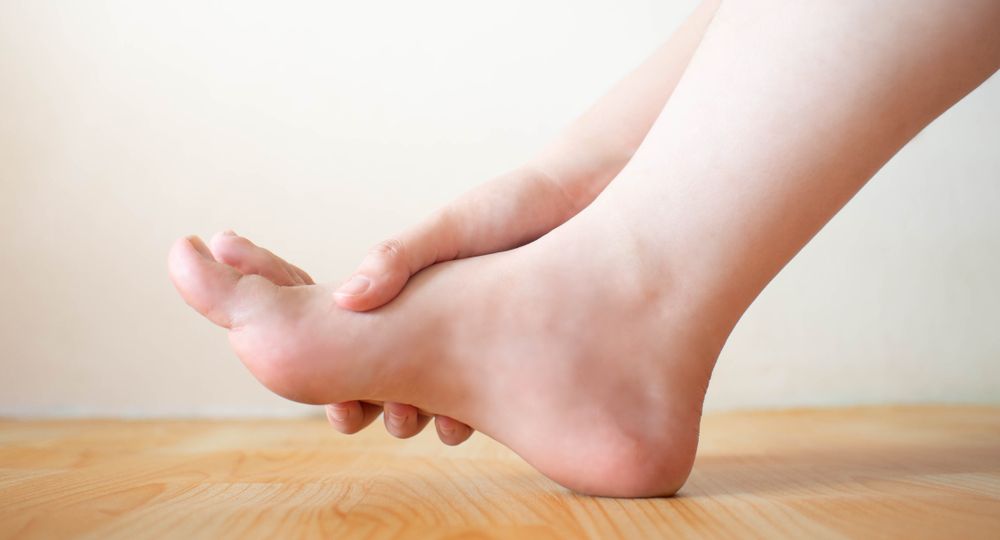
Gout is a highly inflammatory type of arthritis known to cause debilitating pain, particularly in the joints of the lower extremities. While a majority of gout flares affect the large toe, as Dr Peterson mentioned previously, it can affect any joints as well as many organs. The condition occurs when gout uric acid level or urate build up in the system to form large crystals. While most common upper limits are placed at 6.5 mg/dl, Dr Peterson shed some light on the fact that 4.5 mg/dl is a more accurate upper limit, much lower than previously indicated.
Uric acid (UA) and urate accumulate in the blood and joints for two main reasons, decreased kidney excretion of UA and high-intake of purine rich foods. Purines are a compound found in some common foods that are typically harmless and pivotal in many energy pathways in the body. However, gout breakdown causes UA to build up quickly in the system and results in the debilitating pain of a gout flare. We have heard the term ‘gout uric acid purine’ being used for by your local podiatrist when seeking help, now let’s look at some symptoms to understand the reasons.
Purine Consumption and Gout Recurrence
Avoiding purine rich foods is one of the first suggestions to help minimize gout attacks. Purines are high in meats and specifically highest in organ meats. Sweetbreads, anchovies, sardines, liver, beef kidneys, brains, herring, mackerel, scallops, game meats, beer, lentils, black eyed peas, spirulina, and gravy are all very high in purines. A moderate amount of purines are also found in red meat, beef, pork, poultry, fish and seafood, asparagus, cauliflower, spinach, mushrooms, green peas, lentils, dried peas, beans, oatmeal, and the germ of wheat (think whole wheat). It is best to prioritize cutting out the highest sources and work down to assess tolerance. The more often you have flare ups, the more restrictive you should be with these foods.
A 2012 study found that eating twice as much purine resulted in about twice as much risk of recurrent gout attacks while eating ~ 3x as many purines resulted in 5x as much risk.This goes to show that the risk of gout levels amplifies past a certain point. The same study showed lower odds of gout attack incidence with plant purines compared to meat sources. This was true across all levels of consumption, meaning that the highest level of plant purine consumption had similar odds of recurrent attacks to the lowest level of animal purine consumption.
Effect of Alcohol and Body Weight
Body weight plays a number of roles in gout flares. First, there is some research showing that weight loss can help lower uric acid levels. Obesity and high body weight are characterized with chronic low-grade inflammation. This means that simply being heavier due to body fat causes you to be somewhat inflamed (in pain) all the time. High body weight also puts unnecessary stress on your joints and organs, both areas where gout attacks are known to occur.
GOUT URIC ACID PURINE DIET
Researchers looked into the effects of several types of diets on uric acid in the blood. They examined standard calorie restriction, low-purine diet, Mediterranean diet, DASH (dietary approaches to stop hypertension), and fasting. All of the diets were able to lower uric acid in the system except fasting, which showed an increase in uric acid. The DASH diet, which was developed to help lower blood pressure, showed the most success. In one study it helped lower UA by 0.35 mg/dl in just 30 days. Of all the research analyzed, DASH was the only diet to help lower UA levels under 6 mg/dl. The DASH diet emphasizes foods that are lower in sodium as well as foods that are rich in potassium, magnesium, and calcium–nutrients that help lower blood pressure.
By Blair Solberger, MS RD

